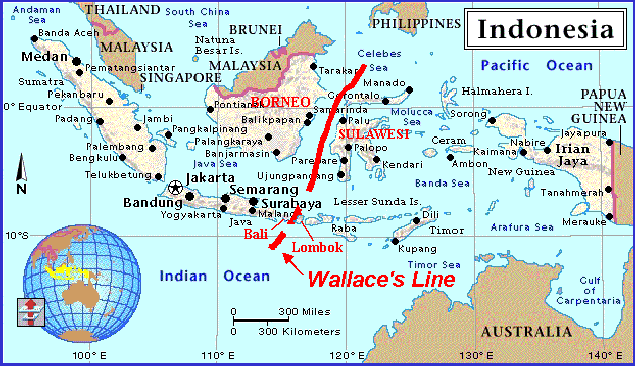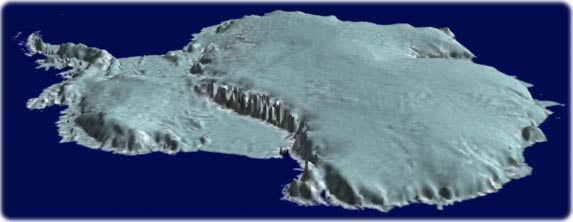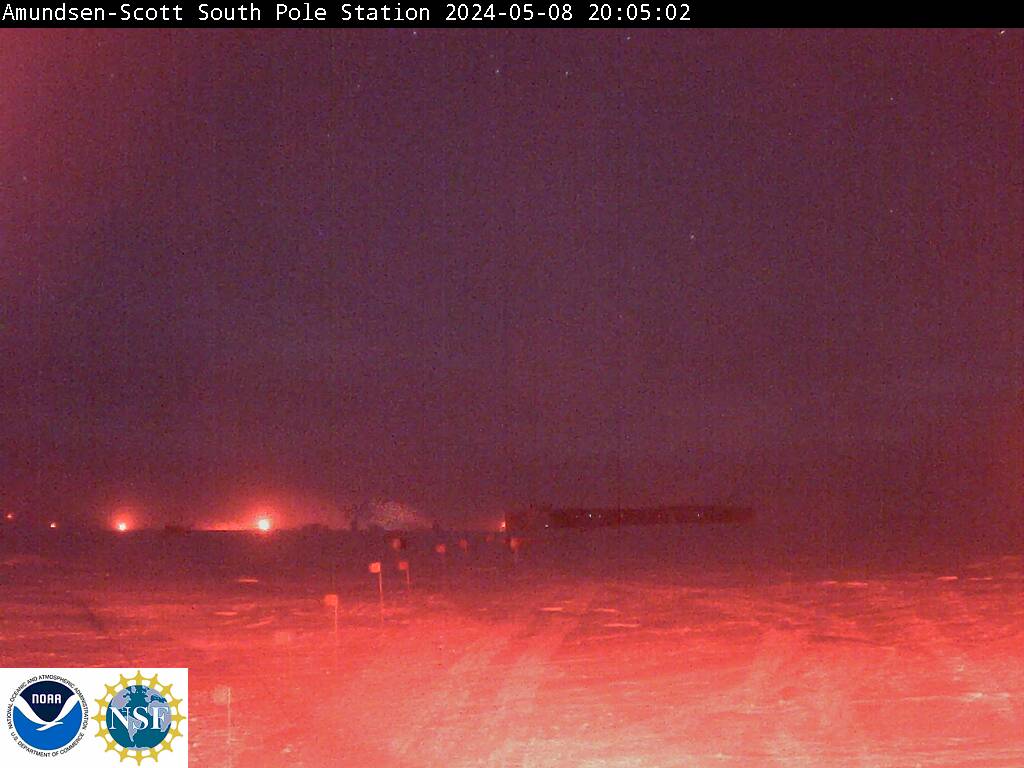Our favorite tuxedo-clad Emperor penguin is native to Antarctica, but harsh winter conditions and the remoteness of some colonies can make it difficult for biologists to gain a comprehensive population assessment of this “hiding” bird. The first breeding penguin colony was discovered in Antarctica in 1902, and in 1999 thousands of birds were sighted near the Mertz glacier in Antarctica, but for the last century, suspected colonies of Emperor Penguins in the area had yet to be confirmed.
In this recently published PLOS ONE study, the authors used both survey- and satellite-based methods to locate the presence of Emperor penguin colonies on the Mertz glacier, where a previous sighting of thousands of birds had occurred 15 years ago, but a drastic habitat change—the glacier’s “tongue” broke off in February 2010—may have disrupted.
Aerial surveys captured two new potential breeding grounds for colonies, the Eastern and Western (~7,400 breeding pairs total). Satellite images from a thousand feet in the sky helped the authors detect the Eastern colony by the presence of fecal marks—or in bird specialist speak, “guano”—in the snow.
The red arrow in the image above points out the lovely brown streak of guano strewn across the ice shelf, which indicates the Eastern colony’s previous breeding ground. The authors used this streak as an indication that the Eastern colony was likely close by. Below the guano-streaked, snow-packed shelf, the presence of the Eastern colony was confirmed by researchers trekking across treacherous terrain to visually confirm the presence of the birds.
Unlike the Eastern colony, who mobilized to a fresh home post-breeding, the Western colony seemingly didn’t mind remaining in their breeding muck. This colony was discovered not by satellite but by chance during helicopter flight operations in Antarctica. Although the authors had difficulties finding the Western colony by aerial footage, as pictured in the below image, these social gatherers appeared to differ from the Eastern colony in that they inhabited a large flat surface, and the colony appeared to be much larger.
In the cases of both colonies, aerial surveys appeared to be very effective for locating them. So, until humans evolve warmer winter coats, scientists conducting surveys by foot are still limited by frigid conditions and isolated locations in future South Pole endeavors. To obtain a more accurate picture of total penguin counts, the authors suggest taking multiple aerial images during the breeding season and conducting several-year surveys to confirm numbers in suspected Antarctic penguin colonies. But for now, the game of Hide and Go Poop will continue.
Citation: Ancel A, Cristofari R, Fretwell PT, Trathan PN, Wienecke B, et al. (2014) Emperors in Hiding: When Ice-Breakers and Satellites Complement Each Other in Antarctic Exploration. PLoS ONE 9(6): e100404. doi:10.1371/journal.pone.0100404
Image 1: Emperor Penguins by Lin Padgham
Image 2-3: Figures 1 and 2 from article
source




















No comments:
Post a Comment